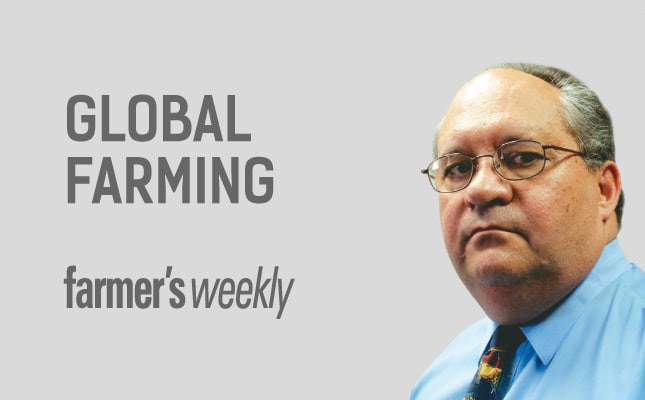
In its October 2016 World Economic Outlook, the International Monetary Fund adjusted its growth estimates for 2016 and 2017 downwards.
Slower growth in the developed economies is the main reason for the sluggish performance of the global economy. The expected improvement in the US economy in the second quarter did not materialise.
Despite favourable weather, growth in the euro zone decreased during the first half of 2016. In the UK, faster growth in the first quarter was followed by slower growth in the second quarter.
The slower growth in developed economies did not affect the emerging market and developing countries significantly. As a group, their economies picked up in the first quarter of 2016. China’s economy grew by 6,5%, while India continued its robust recovery.
The developed world was hard hit by the 2008 financial crisis. Although much was done to repair the damage, progress remains uneven. In the euro zone, GDP growth remains below pre-crisis levels. Weak global demand is still a problem and unemployment has decreased, but it is still above the pre-2008 level.
Population growth in developed countries has slowed and will decline further in coming years. Population aging will put more pressure on pension and healthcare systems, resulting in increased debt problems.
Low productivity
Migration to developed economies has alleviated the effect of aging on the workforce. The share of migrants in the developed workforce increased from 6% in 1990 to 11% in 2015.
Migration is nonetheless a challenge to developed economies, especially during periods of slow economic growth. The civil war in Syria has resulted in an influx of refugees into the EU. Unless these refugees are quickly integrated into the economy, social tension will increase.
Low productivity growth, the cause of which is not clearly understood, has been prevalent in developed economies since 2008.
This problem has been the main reason for the continual over-estimation of growth since 2008. Lower interest rates and lower inflation contributed to the lower expected growth.
China and India’s fast growth has sustained global growth. However, deep recession in some developing economies caused a slowdown in global growth in 2015/2016.
The slowdown in growth in developed economies has resulted in decreasing demand and lower prices for the commodities produced by developing countries. In major developed countries, growth of 1,6% is expected in 2016, down 0,5 percentage points on 2015.
This is due to the high debt levels caused by trying to ‘spend’ themselves out of trouble after 2008, continuing low productivity growth, and the policy uncertainty caused by Brexit.
Global growth is expected to improve in 2017 and beyond. This increase will be generated by the growth of emerging economies. This said, the outlook for individual emerging market economies varies, but remains weaker than in the past due to, inter alia, domestic strife and weaker demand from developed economies.
Implications for agriculture
Weak demand in developed countries, as well as the slow recovery in China, means that demand for agricultural products will remain weak. The decrease in population growth in developed countries has also resulted in the importance of these countries as commodity buyers decreasing.
SA agriculture will have to focus more on markets in other African countries and less on the sophisticated European markets in future. While the SA economy shows weak growth, other African countries are growing at a faster rate and will become more attractive destinations in future.
While the SA economy shows weak growth, other African countries are growing at a faster rate and will become more attractive destinations in future.



